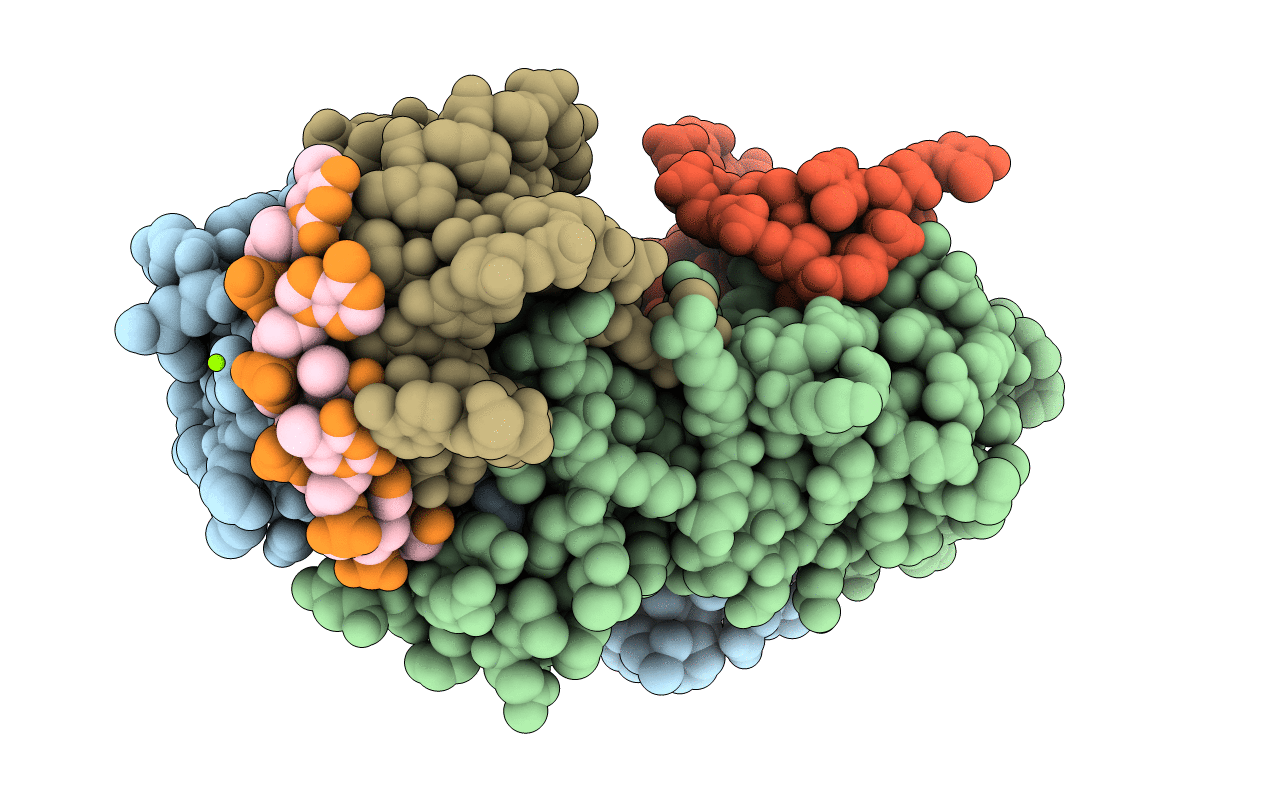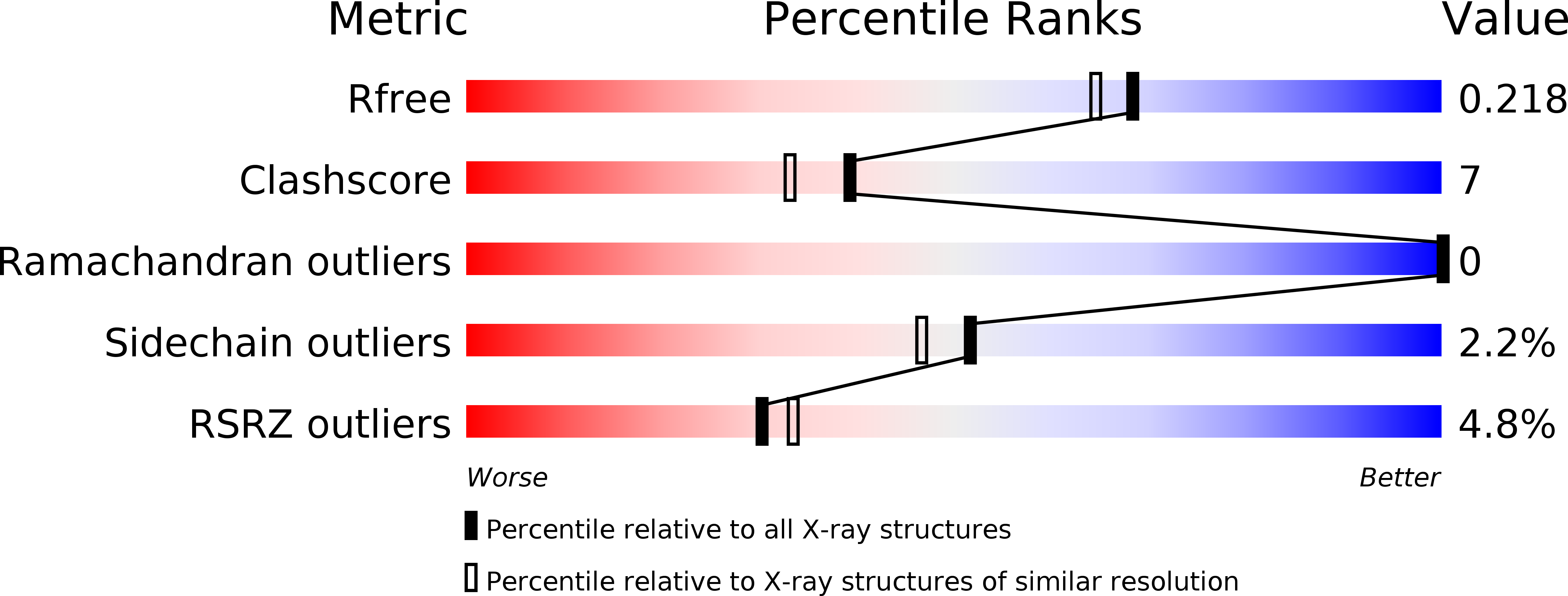
Deposition Date
2007-12-13
Release Date
2008-02-19
Last Version Date
2023-12-13
Entry Detail
PDB ID:
2VJV
Keywords:
Title:
Crystal structure of the IS608 transposase in complex with left end 26-mer DNA hairpin and a 6-mer DNA representing the left end cleavage site
Biological Source:
Source Organism:
HELICOBACTER PYLORI (Taxon ID: 210)
Host Organism:
Method Details:
Experimental Method:
Resolution:
1.90 Å
R-Value Free:
0.22
R-Value Work:
0.19
R-Value Observed:
0.19
Space Group:
P 21 21 21


